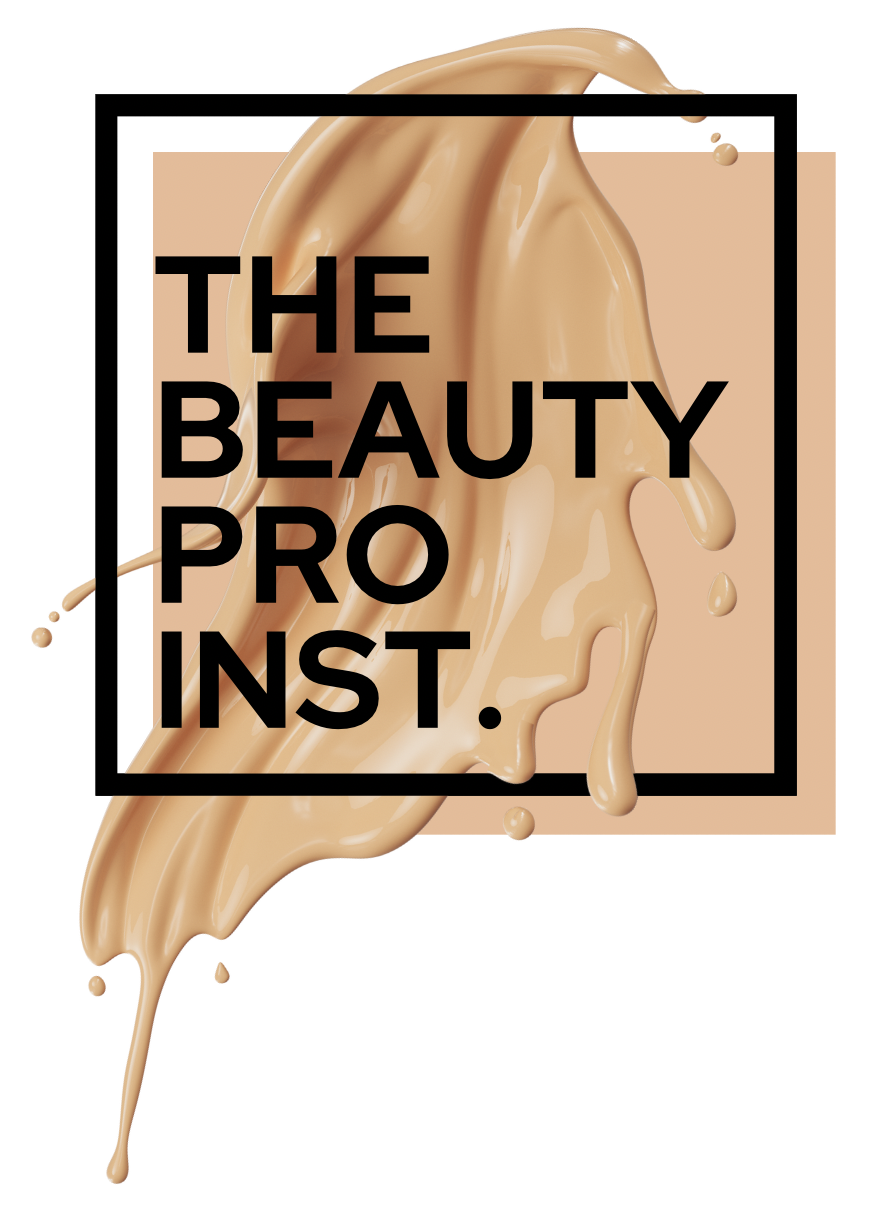Tattoo removal is a growing field, and mastering it requires more than just technical skills. In this blog, we’ll explore seven essential steps to help you excel in tattoo removal training, ensuring you’re fully equipped to provide your clients with the best possible care. Whether you’re a seasoned professional looking to expand your services or a newcomer eager to learn, this guide will walk you through the essential elements of the tattoo removal process.
Understanding the Basics of Tattoo Removal
Before diving into training, it’s crucial to understand how tattoos are created and the different methods available for removal. This section will cover the anatomy of the skin and how ink embeds itself, setting the stage for the next steps.
Let’s start with the skin. The epidermis and dermis play pivotal roles when it comes to tattoo permanence. Tattoos are typically placed in the dermis layer, which is why they are harder to remove than one might expect. Knowing this will help you appreciate the science behind removal techniques.
In tandem with understanding skin layers, it’s important to familiarize yourself with the types of inks used in tattoos. Some inks absorb differently, affecting how they respond to removal processes. A deeper comprehension of these two aspects will equip you with foundational knowledge necessary for your journey into tattoo removal training.
Choosing the Right Training Program
Not all training programs are created equal. Here, we’ll discuss what to look for in a reputable tattoo removal training course, including certifications, hands-on practice, and instructor qualifications.
An excellent program should not only offer theoretical knowledge but also substantial hands-on experience. As you begin to explore your options for tattoo removal training, be sure to prioritize institutions that allow you to practice on real models. This practice is invaluable as it builds confidence and hones your technique.
Moreover, consider the qualifications of the instructors. Their experience and teaching style can significantly impact your learning. Seek reviews or testimonials from former students to get a sense of how effectively the program prepares you for real-world applications.
Finally, check for continued support post-training. The best programs will often provide ongoing resources, mentorship opportunities, or refresher courses—essential elements that foster lifelong learning in the dynamic field of tattoo removal.
Familiarizing Yourself with Removal Techniques
From laser removal to chemical peels and more, understanding the various tattoo removal methods is crucial. We’ll explore each technique’s effectiveness, safety, and appropriate use cases.
Laser removal is the gold standard for many tattoo artists. However, it involves various types of lasers that target different ink colors and depths. A clear understanding of how each laser works will enable you to make informed decisions for your clients.
Chemical peels represent an alternative method, but they aren’t as widely used. They work by applying a chemical solution to the skin that causes it to blister and eventually peel off, taking the tattoo with it. While effective, practitioners must understand its limits and the skin types that respond best to this approach.
In addition to these methods, there are newer techniques emerging in the market. Keeping abreast of these advancements and recognizing their benefits for various client needs is vital as a practitioner in tattoo removal training.
Practicing on Different Skin Types
Every client is unique, and their skin types can impact removal techniques. This section will emphasize the importance of practicing on varied skin tones and types to build your confidence and expertise.
As skin tones vary widely, so too do the reactions to removal techniques. Light skin typically responds well to laser treatment, while darker skin requires a nuanced approach to avoid complications. Familiarizing yourself with these differences through practical experience will make you a well-rounded technician.
In your training, ensure that you practice on a diverse range of skin types. Not only will this boost your skill set, but it also enhances your adaptability in addressing various client needs while ensuring their safety throughout the removal process.
Building Strong Client Relationships
Successful tattoo removal involves more than just technique; it’s about understanding your client’s needs. We’ll discuss how to effectively communicate and build rapport with clients to ensure a positive experience.
To cultivate great client relationships, start by listening actively. Many clients come with emotional attachments to their tattoos, and they need to feel understood. By establishing trust and showcasing your expertise, you will not only ease their concerns but also encourage referrals.
Moreover, transparency is key. Discuss the processes, expected outcomes, and potential side effects openly with your clients. Providing them insights into what they can expect fosters trust and helps manage expectations effectively, paving the way for a smoother journey.
Remember, you are not just removing ink; you are helping clients transform their lives. Developing excellent interpersonal skills will enrich both their experience and your professional fulfillment.
Staying Updated with Industry Trends
The tattoo removal industry is always evolving. Here, we’ll highlight the importance of continuing education and staying informed about new technologies and methods to enhance your training.
Attending workshops and seminars is an excellent way to stay current. These events not only provide the latest information on techniques but also allow networking opportunities with other professionals, creating connections that can enrich your understanding and skills.
Subscribing to industry publications will keep you informed about emerging technology and best practices. The more you engage with the community and stay up-to-date with trends, the better equipped you will be to serve your clients effectively.
Marketing Your Tattoo Removal Services
Once equipped with the skills, it’s time to attract clients! This section will cover effective marketing strategies to promote your new tattoo removal services and grow your clientele.
Start by leveraging social media to showcase your results. Before-and-after photos can be compelling, providing evidence of your skills and the changes clients can expect. Engage with your audience by sharing testimonials or client stories, emphasizing the positive transformations they’ve experienced.
Furthermore, building a referral program can be a game-changer in your marketing strategy. Satisfied clients are often your best promoters, so incentivizing them for referrals can bring in new business while maintaining a strong client base.
Lastly, consider partnerships with local tattoo studios. Many clients may want to remove a less desirable tattoo before getting a new one. Collaboration with other local businesses can create a win-win situation for all parties involved.
Wrapping Up Your Tattoo Removal Journey
By following these seven key steps, you’ll be well on your way to mastering tattoo removal training. Remember, dedication to learning and practice will lead to successful outcomes for both you and your clients. Embrace the journey and make a positive impact in the lives of those seeking to remove unwanted ink!



